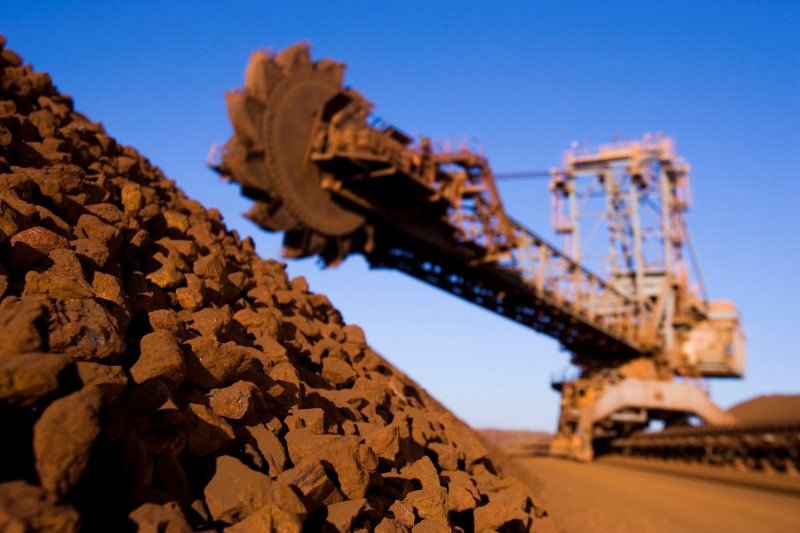Tailings represent one of the most significant by-products of the mining process, a reminder of the vast scale of human endeavor to extract valuable metals from the earth. These are the finely ground remnants of ore after the valuable minerals have been extracted, often resembling a slurry of fine sand, chemicals, and water. Their management is a critical environmental and safety consideration for any mining operation.
When ore is processed, typically through milling, the sought-after metals are separated and collected. What remains is a mixture of unneeded materials — these are the tailings. This residual substance is not merely inert rock; it can contain quantities of the processed ore's original substances, including potentially harmful elements, depending on the type of mineral being mined. Therefore, the handling and storage of tailings are subject to rigorous environmental regulations and scrutiny.
Final resting place
The final resting place for these tailings is typically a tailings dam — a large-scale, engineered structure designed to contain the liquid and solid waste material. The design of such dams is a sophisticated engineering challenge. They must be built to withstand natural disasters, prevent leakage or seepage of contaminants into the groundwater, and endure the structural loads of the contained materials for many years, often well beyond the operational life of the mine itself.
The construction of a tailings dam can take several forms: from the valley dams built between existing hillsides to the ring dykes that encircle a deposition area. Regardless of the type, the aim is consistent — to reduce the environmental footprint of the tailings and to safeguard the surrounding ecosystems and communities.
Tailings dam
As the ore is processed, tailings are piped into the dam, where they gradually settle. The clear water that separates from the tailings can be reused in the milling process, reducing the operation's water consumption — an example of the mining industry's efforts to increase sustainability. However, the challenge of tailings management does not end once the dam is filled. Post-closure, the tailings still require monitoring and maintenance to ensure the long-term stability of the dam and to prevent environmental contamination.
The stewardship of tailings dams is a matter of global concern, underscored by catastrophic dam failures in recent years. These incidents have prompted a reevaluation of tailings management practices, with an emphasis on safety, environmental protection, and transparency. There is a concerted push within the industry for better technologies and methods for tailings disposal, such as dry stacking, where moisture is removed, and the tailings are compacted into a solid, stable mass that can be more safely stored.
Management
Tailings management is an evolving discipline, reflecting the mining industry's broader commitment to responsible resource extraction. It is not just about compliance with regulations; it is about advancing the state of the art in tailings disposal, about finding new ways to reduce, reuse, and recycle these by-products, and about ensuring the safety and wellbeing of the environment and communities for generations to come.
In essence, tailings and their dams embody the dual challenges of mining: extracting value from the ground while minimizing the footprint left behind. They symbolize the industry's ongoing journey towards more sustainable practices, where every mound of tailings and every dam constructed is a step towards greater environmental responsibility and operational excellence.
